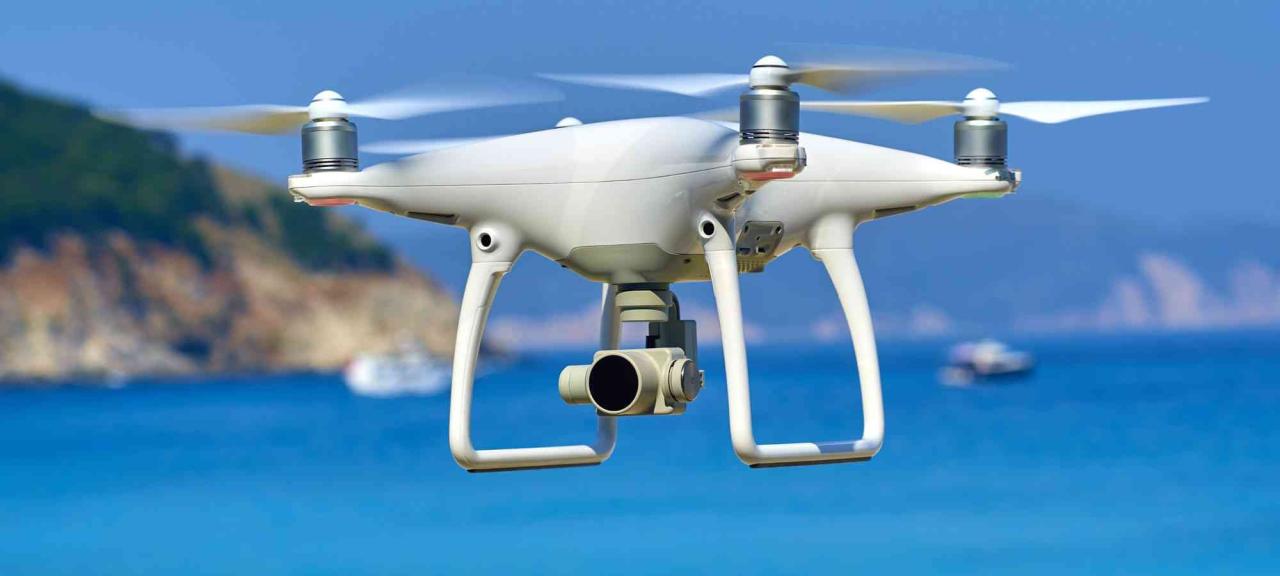Sky elements drones are revolutionizing atmospheric research. These unmanned aerial vehicles (UAVs) equipped with specialized sensors offer unprecedented access to atmospheric data, providing insights into weather patterns, air quality, and cloud formations that were previously unattainable. This allows scientists to gather real-time data from diverse locations and altitudes, leading to more accurate weather forecasting and a deeper understanding of climate change.
From monitoring thunderstorms to assessing air pollution levels, drones are transforming how we study our atmosphere. Their maneuverability, combined with advanced sensor technology, allows for highly targeted data collection, resulting in detailed and comprehensive atmospheric profiles. This technology is not only improving our understanding of current atmospheric conditions but also paving the way for more accurate climate models and effective environmental management strategies.
Drone Technology in Atmospheric Research
Drones are revolutionizing atmospheric research, offering unprecedented access to atmospheric data collection at various altitudes and locations. Their versatility and affordability compared to traditional methods make them a powerful tool for scientists.
Types of Drones Used for Atmospheric Data Collection
A variety of drone platforms are employed, each suited to specific research needs. Fixed-wing drones excel in covering large areas efficiently, while multirotor drones provide superior maneuverability for detailed, localized studies. Hybrid designs combine the strengths of both types. Tethered drones offer continuous operation without the need for battery changes, ideal for long-term monitoring. High-altitude pseudo-satellites (HAPS) provide extended range and endurance for large-scale atmospheric observations.
Advantages of Drones Over Traditional Methods
Drones offer several advantages over traditional atmospheric research methods, such as weather balloons and manned aircraft. They are significantly cheaper to operate, easier to deploy, and can access areas inaccessible to larger aircraft. Real-time data transmission enables immediate analysis and informed decision-making.
Sensors and Instruments for Sky Element Analysis
Drones are equipped with a range of sensors to measure various atmospheric parameters. These include GPS for precise location data, barometric pressure sensors for altitude determination, anemometers for wind speed and direction, hygrometers for humidity, and various gas sensors for air quality monitoring. Specialized sensors measure temperature profiles, radiation levels, and even aerosol concentrations.
Comparison of Drone Platforms for Atmospheric Research
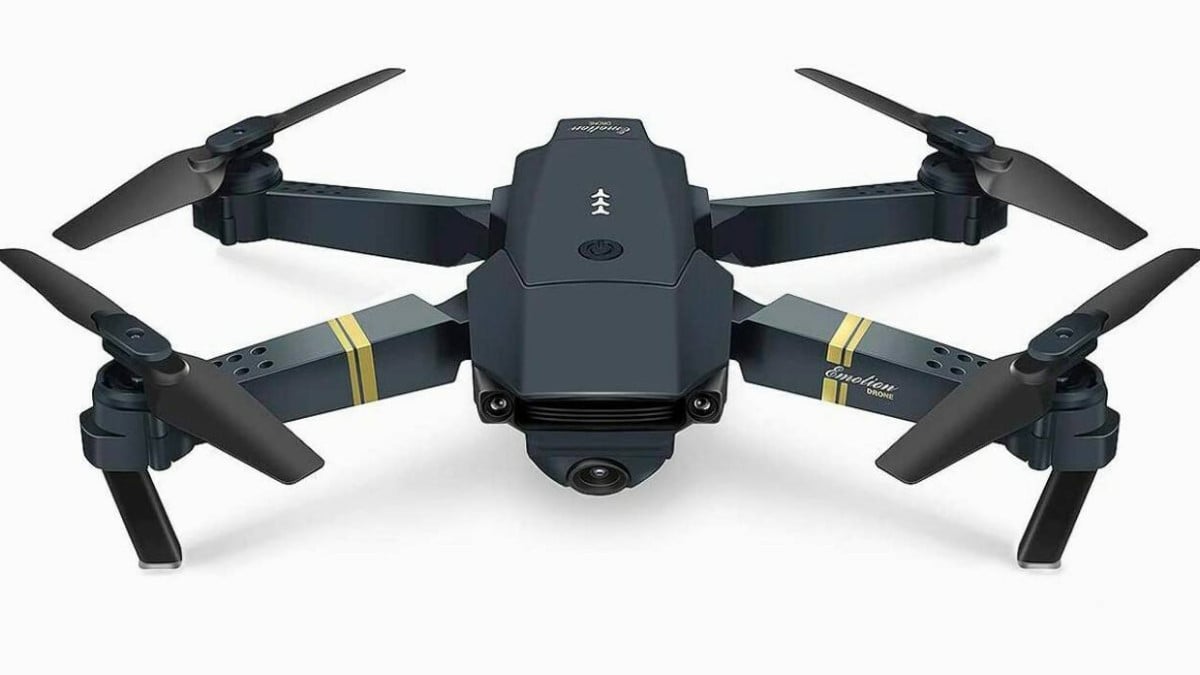
| Drone Type | Payload Capacity | Flight Time | Advantages | Limitations |
|---|---|---|---|---|
| Fixed-Wing | High | Long | Long range, efficient area coverage | Limited maneuverability, needs runway |
| Multirotor | Moderate | Moderate | High maneuverability, precise positioning | Shorter flight time, limited range |
| Hybrid | Moderate to High | Long | Combines long range and maneuverability | More complex to operate |
| Tethered | Moderate | Very Long | Continuous operation, stable platform | Limited range, tethering constraints |
Sky Element Monitoring with Drones
Drones are proving invaluable in various atmospheric monitoring applications, providing high-resolution data with unprecedented spatial and temporal detail.
Applications of Drones in Weather Pattern Monitoring
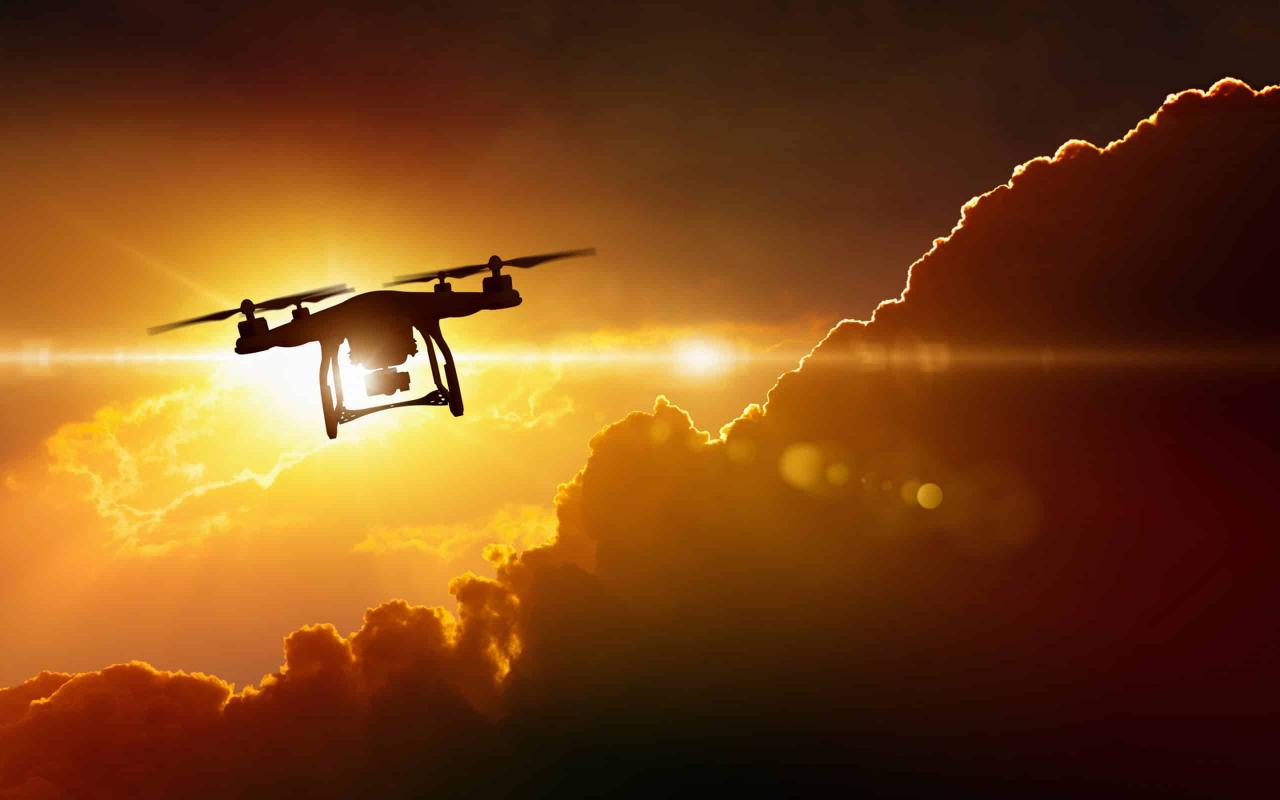
Drones equipped with meteorological sensors can capture real-time data on wind speed and direction, temperature, humidity, and pressure at various altitudes. This information contributes to improved weather forecasting, especially for localized weather events like thunderstorms and microbursts.
Use of Drones for Air Quality Assessment
Drones carrying gas sensors can measure pollutant concentrations at different altitudes, providing crucial information on pollution sources and dispersion patterns. This data helps in environmental monitoring and regulatory compliance. For example, drones can map the distribution of particulate matter (PM2.5 and PM10) near industrial sites or urban areas, identifying pollution hotspots.
Drones in Studying Cloud Formations and Atmospheric Phenomena
Drones can fly directly into clouds, collecting in-situ data on cloud microphysics, such as droplet size distributions and ice crystal concentrations. This data is essential for improving cloud models and understanding atmospheric processes. They can also observe and document other atmospheric phenomena, such as fog formation and atmospheric rivers.
Hypothetical Drone Mission for Monitoring a Thunderstorm
A hypothetical mission could involve deploying a multirotor drone equipped with sensors to measure wind speed, temperature, humidity, and electrical field strength within and around a developing thunderstorm. The drone would follow a pre-programmed flight path, collecting data at various altitudes and locations, providing real-time information to weather forecasters.
Data Acquisition and Analysis of Sky Elements
Effective data processing and visualization are crucial for translating raw drone data into actionable insights.
Methods for Processing Drone Data
Data collected by drones undergoes rigorous processing to ensure accuracy and reliability. This involves calibrating sensor readings, correcting for atmospheric effects, and integrating data from multiple sensors. Specialized software packages are used for data filtering, cleaning, and interpolation.
Techniques for Visualizing Drone Data
Data visualization is key to understanding complex atmospheric patterns. Techniques include 3D visualizations of wind fields, heat maps showing pollutant concentrations, and time-lapse videos illustrating cloud evolution. These visualizations help researchers communicate their findings effectively.
Integrating Drone Data with Meteorological Models
Drone data can be integrated into existing meteorological models to improve their accuracy and resolution. This involves assimilating drone observations into model forecasts, leading to more precise weather predictions, especially for localized events. For example, drone-based wind data can improve the accuracy of numerical weather prediction models.
Improving Weather Forecasting Accuracy with Drone Data
High-resolution data from drones, especially in areas with limited traditional weather stations, can significantly improve weather forecasting accuracy. This is particularly relevant for short-term forecasts of severe weather events.
Safety and Regulatory Aspects of Drone Operations: Sky Elements Drones
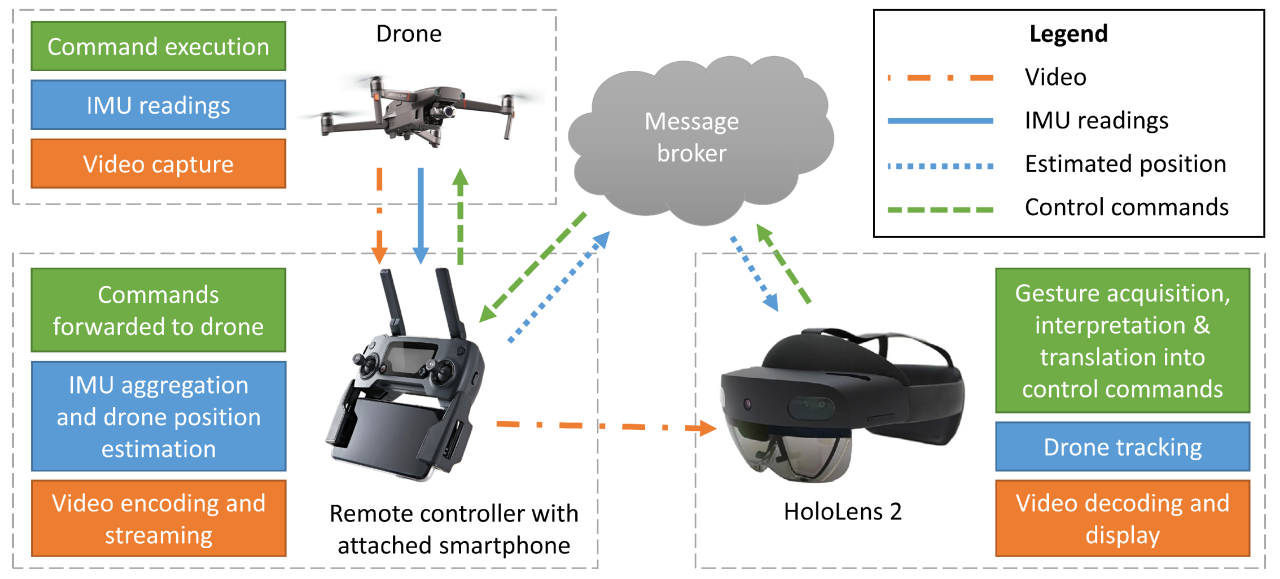
Safe and responsible drone operation is paramount to ensure both the safety of the drone and the researchers.
Potential Risks Associated with Drone Operations
Operating drones in various atmospheric conditions poses several risks. High winds, precipitation, and low visibility can affect flight stability and data quality. Battery failure and communication loss are also potential concerns. Collisions with birds or other obstacles are a possibility.
Regulations and Safety Protocols
Drone operations are subject to various regulations and safety protocols that vary by region. These include obtaining necessary permits, adhering to airspace restrictions, and ensuring safe flight procedures. Operators must be properly trained and certified.
Safety Features of Drone Models
Many drone models incorporate safety features, such as GPS-based autonomous return-to-home functions, obstacle avoidance systems, and redundant flight controllers. These features enhance safety and reduce the risk of accidents.
Sky elements drones are becoming increasingly popular for spectacular light shows, but safety is paramount. A recent incident highlighted the importance of rigorous safety protocols; check out this report on the orlando drone show accident to see what can go wrong. Understanding these risks helps ensure future sky elements drone displays are both breathtaking and safe.
Best Practices for Safe Drone Operation
- Conduct thorough pre-flight checks.
- Obtain necessary permits and approvals.
- Adhere to airspace restrictions.
- Maintain visual line of sight.
- Monitor weather conditions closely.
- Have a backup plan in case of emergencies.
Future Trends and Applications of Sky Element Drones
The future of drone technology in atmospheric research is bright, with numerous advancements and applications on the horizon.
Sky elements drones are becoming increasingly popular, offering amazing aerial perspectives. However, safety is paramount, as highlighted by a recent incident; check out this report on a drone crash in Paris to understand potential risks. Understanding these risks is crucial for responsible operation of sky elements drones and ensuring safe flights.
Advancements in Drone Technology
Future advancements include the development of longer-endurance drones with improved payload capacity, more sophisticated sensors, and enhanced autonomous flight capabilities. Miniaturization of sensors will allow for even smaller and more agile drones.
Applications in Environmental Monitoring and Climate Change Studies
Drones will play an increasingly important role in environmental monitoring and climate change studies. They can be used to monitor deforestation, track glacier melt, and assess the impact of climate change on ecosystems. For example, drones can monitor the health of coral reefs by capturing high-resolution imagery.
Role of Artificial Intelligence in Data Analysis
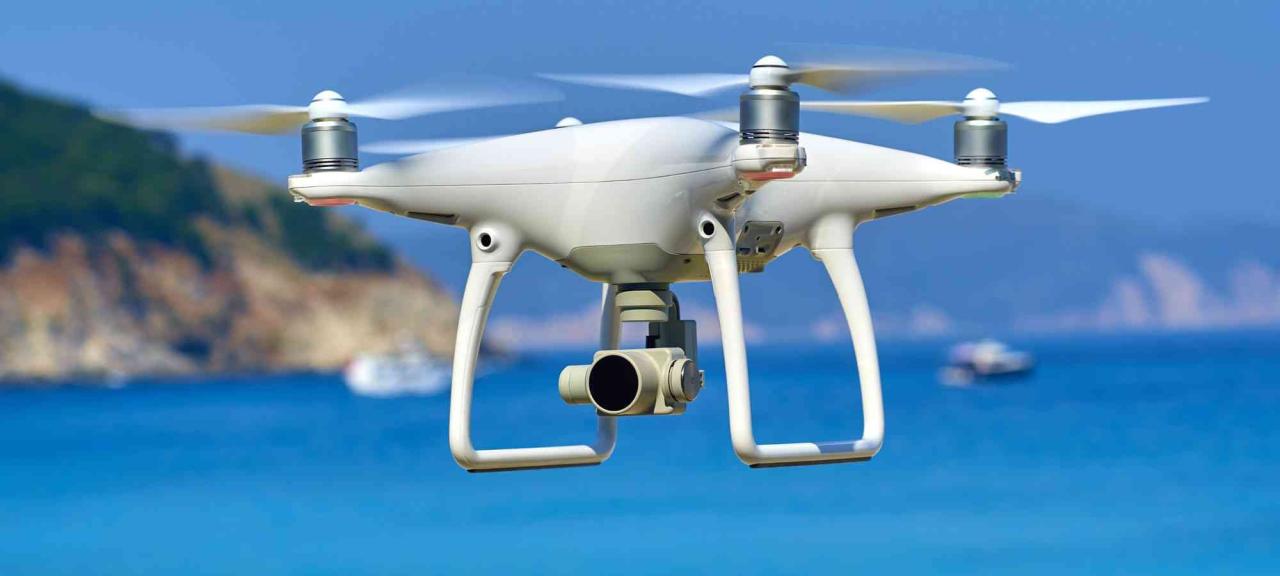
Artificial intelligence (AI) will automate data analysis from sky element drones, enabling faster processing and more insightful interpretations. AI algorithms can identify patterns and anomalies in large datasets, accelerating scientific discoveries.
Collaborative Efforts Between Researchers and Manufacturers
Collaboration between researchers and drone manufacturers is essential for developing drones tailored to specific atmospheric research needs. This collaboration will drive innovation and ensure the development of advanced technologies that address the challenges of atmospheric research.
Visual Representations of Drone Data
Visualization of Wind Speed and Direction
A visualization of wind speed and direction data could use a 3D vector field plot. Wind speed would be represented by the length of the vectors, with a color scale indicating speed magnitude (e.g., blue for low speeds, red for high speeds). Vector direction would indicate wind direction. The visualization could be overlaid on a map of the study area to show spatial variations in wind patterns.
Sky Elements drones are known for their reliability and stunning visual capabilities in aerial displays. However, even the best technology can experience issues, as highlighted by a recent incident – check out this article on a drone show crash – to learn from potential pitfalls. Understanding these challenges helps Sky Elements continually improve drone safety and performance for future spectacular shows.
Visualization of Pollutant Distribution, Sky elements drones
A heat map could effectively represent the distribution of pollutants in the atmosphere. Different colors would represent different concentration levels, with warmer colors (e.g., red) indicating higher concentrations and cooler colors (e.g., blue) indicating lower concentrations. The heat map could be displayed as a 2D or 3D representation, depending on the data and desired level of detail. The type of pollutant (e.g., PM2.5, ozone) would be clearly indicated in the visualization.
Closure
The use of sky elements drones in atmospheric research represents a significant leap forward in our ability to understand and monitor our planet’s atmosphere. By combining advanced drone technology with sophisticated data analysis techniques, scientists are gaining invaluable insights into weather patterns, air quality, and climate change. The future holds even greater potential, with ongoing advancements in drone capabilities and AI-driven data analysis promising to further revolutionize this field and lead to more effective environmental stewardship.
Questions and Answers
How much do sky elements drones cost?
The cost varies greatly depending on the drone’s capabilities and the sensors included. Prices can range from a few thousand dollars to well over $100,000.
What are the limitations of using drones for atmospheric research?
Limitations include flight time constraints, weather dependency (wind, rain), regulatory restrictions on airspace, and potential data loss due to technical malfunctions.
What types of licenses or permits are needed to operate sky elements drones?
Regulations vary by country and region. Generally, operators need to register their drones and obtain appropriate licenses or permits, especially for commercial or research purposes operating in controlled airspace.
How long does it take to process data collected by sky elements drones?
Processing time depends on the amount of data collected and the complexity of the analysis. It can range from hours to days or even weeks for large datasets requiring extensive processing.
